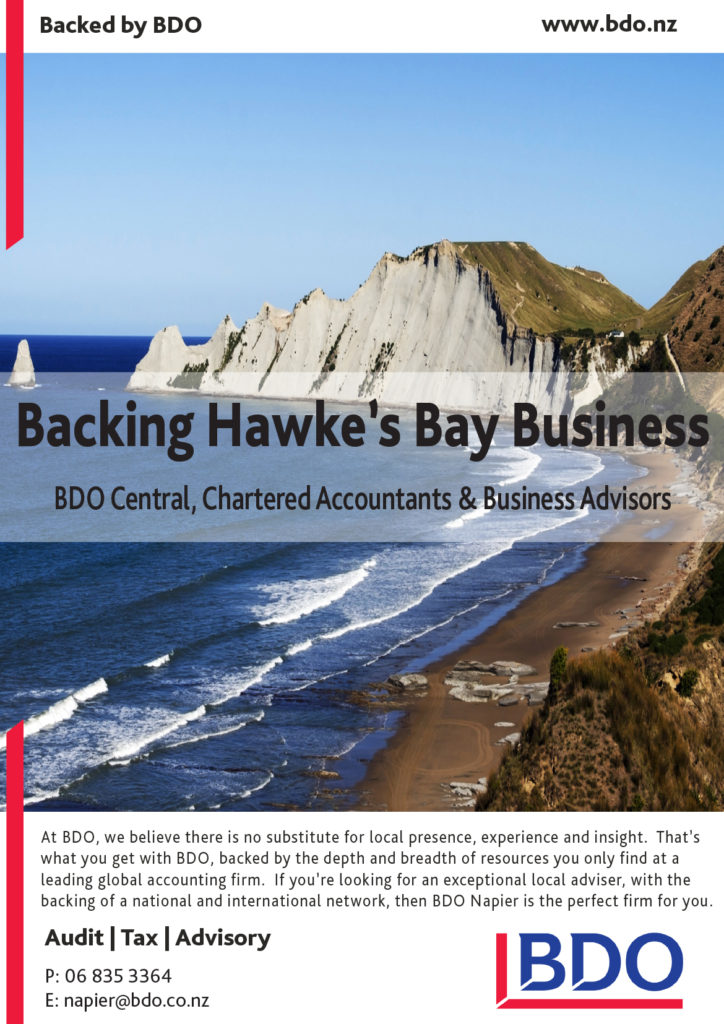Whether you want to grow, to retain market share or even explore exit options, it’s important that you have a good idea of what’s going on in your business now.
Sometimes this can be difficult when you have more than one stakeholder, as is the case with many small to medium sized businesses with multiple owners.
Certainly, it is important to have different skills and ideas in business – but these need to eventually come together if you want to move forward. If your business is suffering from misalignment, it’s going to be difficult to achieve the goals you’ve set.
Over the years, we’ve seen a lot of businesses striving to move forward. Generally we have found that the business owners acknowledge that they will need a plan. They have all the information available, but they don’t have time to look at where their business is currently sitting, let alone react to it.
A lot of issues with the business are generally known issues but remain unresolved because one of the most important things they don’t find time to do is come together to strategise.
At a more fundamental level this is about a misalignment of core values, the elements that form the foundation of a business’ vision, identity, culture and brand, and underpin all decision-making.
One of the first steps to moving forward is gauging the degree of alignment amongst your different partners on key issues. The idea is that once these have been laid out on the table, you’ll be able to have a real discussion and eventually come to resolutions on how to move forward.
So how to measure alignment when you’re already challenged in finding time to come together?
And, for those business that don’t have their own existing board structure, getting access to independent expert advice to facilitate that process can be very difficult.
Which is where a simple diagnostic questionnaire can be useful. We’ve developed such a questionnaire based on our many years’ experience working alongside owner-managed Small Businesses and have put it into a Business Review package.
There’s a short diagnostic questionnaire and a longer one that takes around an hour which really drills down into the nitty-gritty of your business. The questionnaire will work best if each stakeholder does it independently, and from there, the key issues currently facing your business become evident – and the degree of alignment on each one.
That feeds into a diagnostic report. The areas of pressure could be anything from tax, wanting to sell, not making enough money, not getting on with your fellow partners, having no succession plan, disagreement over investments in new technology – the list goes on.
The important thing about this process isn’t just getting a report, but working on a very targeted solution.
I can cite two cases of businesses that have been through this process. One was a medium-sized business operating in the IT space. They had two shareholders, one minority and the other majority, but there was serious misalignment on who their target market actually was. The Business Review program was used to agree on a target market (in this case they decided there were more than enough consumers in New Zealand and so stopped chasing deals in Australia) and since then they’ve gone from strength to strength.
The other case involved a husband and wife partnership. The program helped them realise that they wanted to leave the business, so had to make sure it could still run without them. We helped them to clarify which parts of the business needed work and so their exit strategy was successful.
Ultimately, it comes down to the age-old issue of too much working in the business not enough on the business – a self-replicating cycle that’s magnified when multiple partners are involved.
The reality is that the solutions can be easy once the issues are diagnosed. Particularly with the wealth of digital tools we have that facilitate real- time business information and communication.


